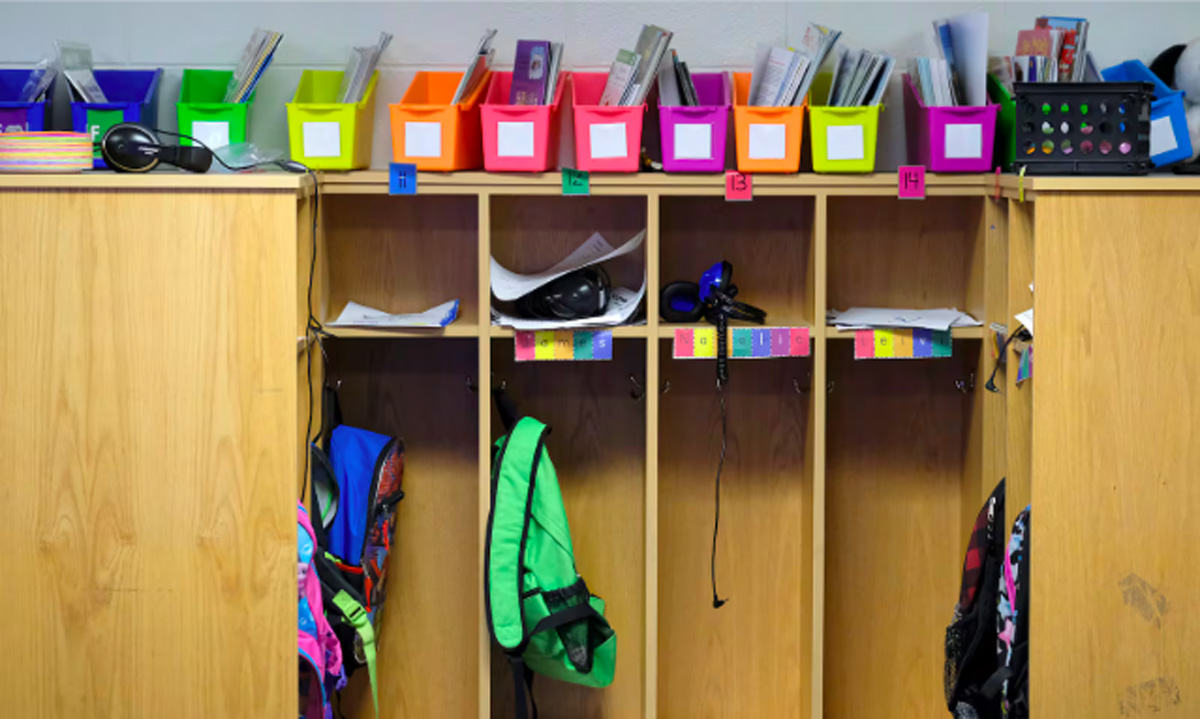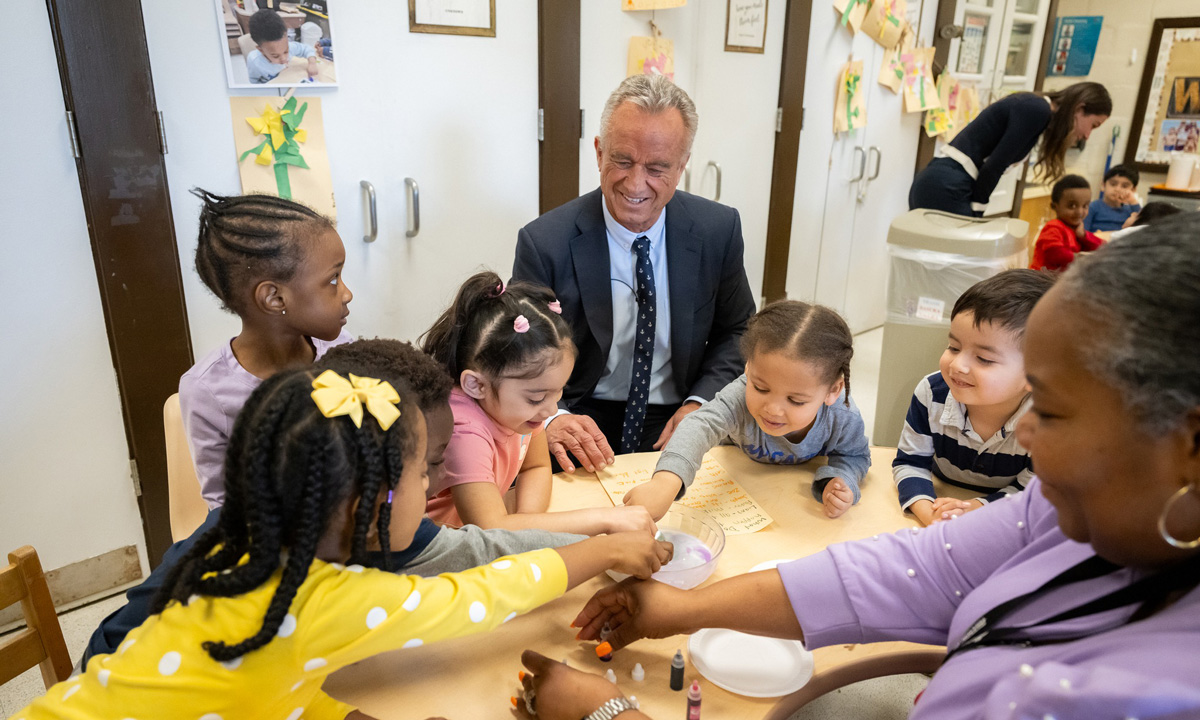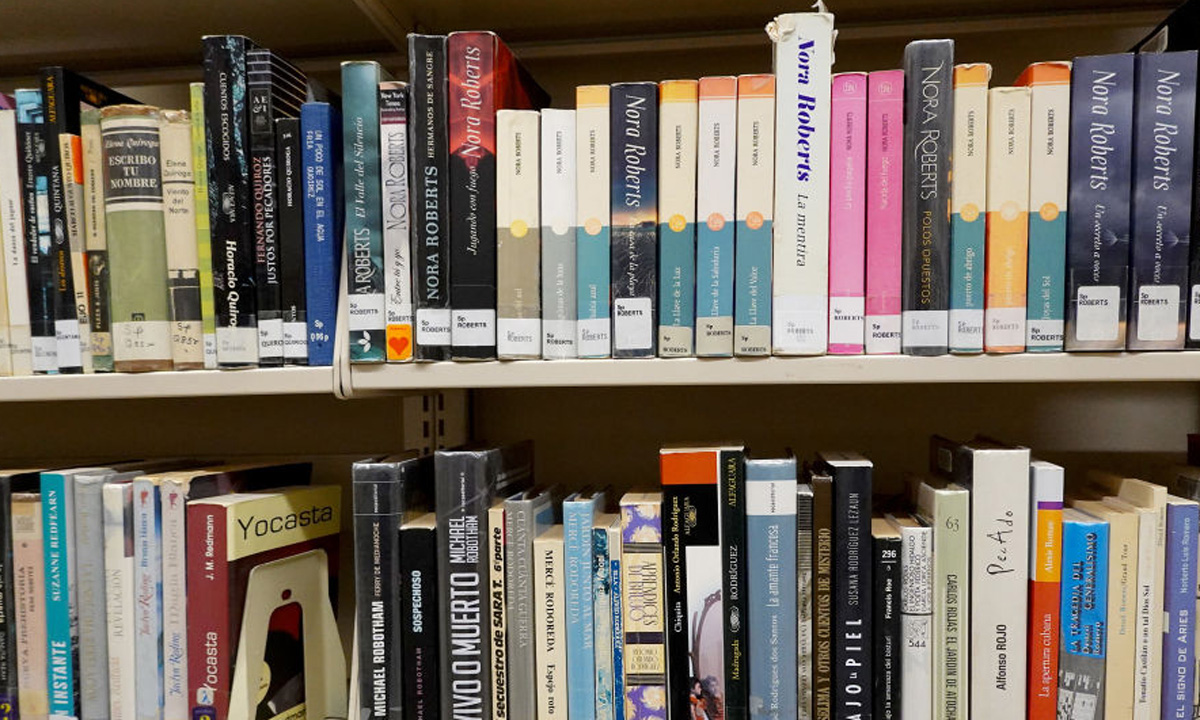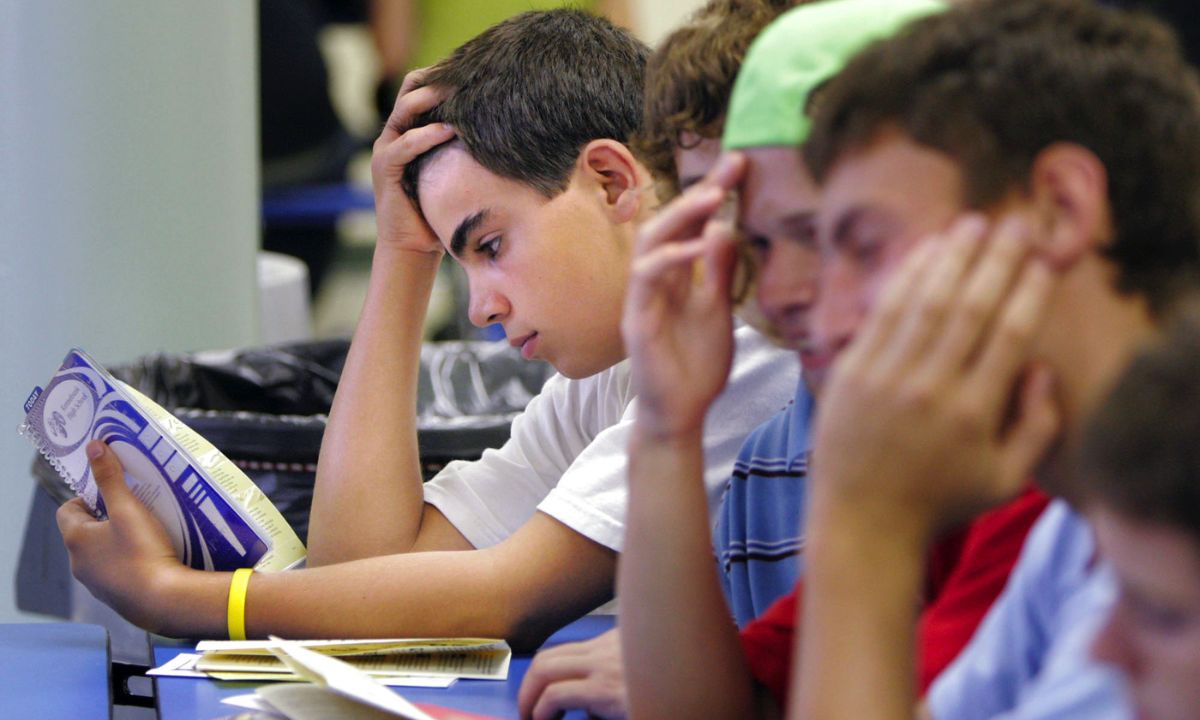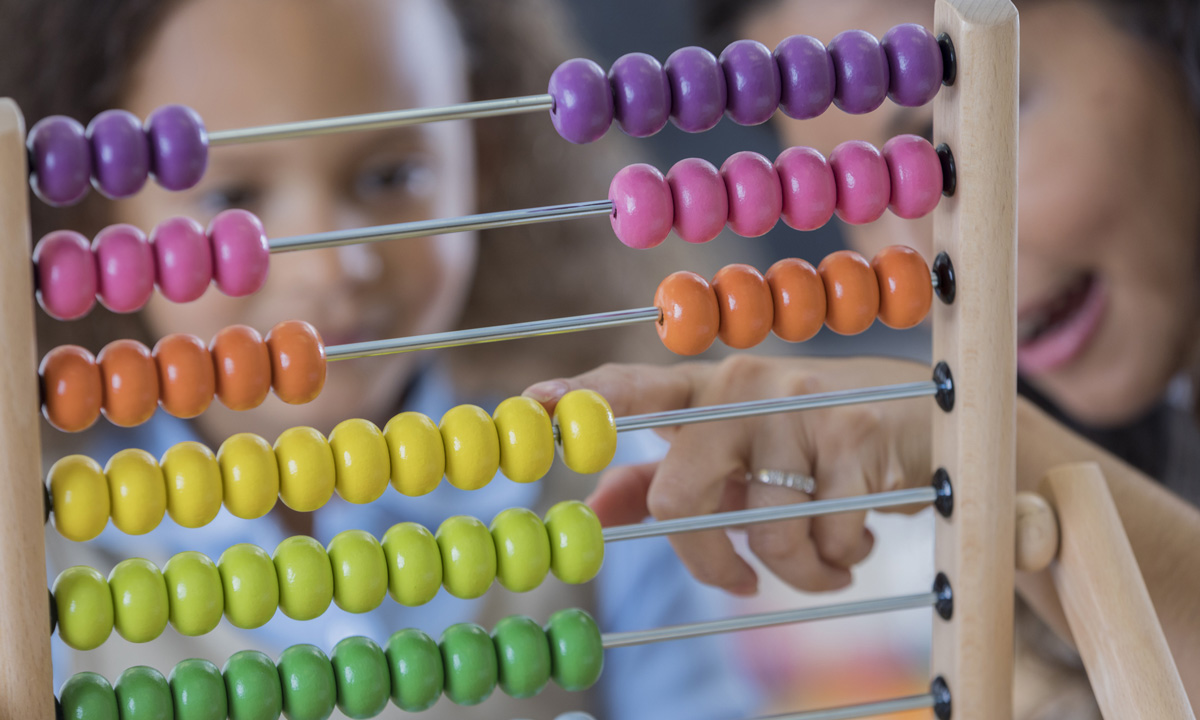According to the most recent findings of a commonly used national exam, schools with a majority of Black students—those who suffered the most during the pandemic—are showing modest performance improvements.
The proportion of eighth-grade readers in those schools who are on grade level or above increased from 36% to 39%, a three percentage point increase from the previous year. According to the most recent i-Ready examinations from Curriculum Associates, the proportion of fourth graders in majority-Black schools who are on track in arithmetic increased from 36% to nearly 40%.
According to Kristen Huff, chief of measurement at Curriculum Associates, those are the bright spots in a picture that otherwise demonstrates that recovery has not advanced five years after the pandemic.
“Black students have more room to catch up because they had a bigger dip, especially in the early grades,” she said. However, overall performance has leveled down, and more work remains before we can return to 2018–19 levels. Although I believe we must hold ourselves to at least that standard, that is not the ultimate objective.
The 74 is the only source of the 2024–25 statistics, which shows that almost 13 million math students and nearly 12 million reading students in grades K–8 took the i-Ready exams in the previous academic year. The i-Ready adapts questions to students’ level, in contrast to the National Assessment of Educational Progress. According to Huff, the prompts provide teachers an idea of how much progress pupils need to make to catch up because they are more complex if they are working beyond the standard and simpler if they are below. According to the statistics, 29% of fifth graders are reading two grade levels or more below grade level, while nearly half are on grade level. In math, the situation is comparable, with 53% on target and 20% well behind.
Even while they are learning, pupils are not as proficient in the curriculum as their peers were before to COVID. Even pupils who were too young to attend school were impacted by the interruption, as evidenced by the fact that learning loss is more noticeable in the younger grades. Numerous studies have demonstrated that young children are ill-prepared for school due to a lack of socialization chances and economic difficulties. Of the first graders who were toddlers in the early years of the pandemic, 60% are reading at grade level. Compared to 68% in 2018–19, that is lower.
Slight improvement
However, prior to COVID, majority-Black schools lagged behind majority-white schools by about 20 percentage points. Additionally, their scores declined more sharply following the pandemic.
A year or so after the pandemic, the consulting company McKinsey & Company used i-Ready data to demonstrate that pupils in majority-Black schools were three months behind their white counterparts, a full year behind the previous achievement disparity.
According to Kareem Weaver, co-founder of Fulcrum, a nonprofit organization based in Oakland, California that offers school systems literacy expertise, Black pupils frequently had the lowest accomplishment scores in numerous districts. It makes you question what was going on before kids reached a point where even a small improvement is regarded as significant.
According to Ameenah Poole, a high school administrator in East Orange, New Jersey, until 2022, kids will not be able to keep up with increasingly difficult coursework if they do not develop strong reading skills and fundamental arithmetic knowledge in elementary school. She claimed that her old coworkers frequently questioned why pupils approached them with poor reading and math skills.
According to Poole, who is currently the district’s principal of Ecole Toussaint Louverture Elementary, these fundamental abilities are crucial.
The pandemic further pushed children behind in a school that was already falling short of the state’s accountability standards. In the 84% Black school, a large number of parents work in the service sector. According to Poole, the majority of parents did not work from home when schools went remote, while some are nurses and one operates an Amazon truck.
“Rebuilding attendance routines has been slow and sometimes futile, and many students didn’t even log in to class,” she said.
According to her, the prevailing culture both during and after the pandemic was that going to school was a choice. “You miss a lot if you miss a day,” we say. In order for us to instruct students, they must be present.
In 2022, 19% of third graders in New Jersey passed the state reading exam. The district started utilizing i-Ready in that same year. Every week, in 40-minute blocks, students practice concepts like vocabulary and phonics or mathematics and measurement.
Higher scores were initially not a result of the additional teaching. In fact, only 11% of students achieved the proficient level in the fourth grade. However, Poole started to see the benefits in 2024 when those same pupils were in the fifth grade. Thirty-five percent achieved or surpassed the target.
However, the i-Ready data also indicates that most pupils are working below grade level.
Huff of Curriculum Associates stated that although student learning is progressing, it is not increasing quickly enough.
However, Dan Goldhaber, director of the Center for Analysis of Longitudinal Data in Education Research, noted that the manner the i-Ready findings are presented might be concealing some progress.
Students who may have advanced one or two levels over time are not included in the total proportion above and below the criteria. In a review of assessment data from 28 states, he stated that districts are still far from fully recovering. However, he came to the conclusion that a notable improvement in math performance during the 2022–2023 school year was a result of the $190 billion in COVID relief, the largest one-time influx of federal cash for schools.
Alabama’s Birmingham City schools superintendent, Mark Sullivan, observed proof of such in his area.
He said, “You [will] have to teach like you’ve never taught before,” which meant that we had to make up several grades in a single year due to incomplete learning.
Birmingham, where 89% of kids are Black and 86% are eligible for free or reduced-price lunches, outperformed the state in math recovery during the epidemic, according to a 2024 Curriculum Associates case study. For the same reason, the district was highlighted by Stanford University’s Educational Opportunity Project.
The calendar was modified by the leaders to give students a week vacation at the conclusion of each nine-week term. However, during that open week, instructors offered optional instruction. According to Sullivan, over 7,000 pupils took part when they were exempt from attending class. The results of that are now being seen.



